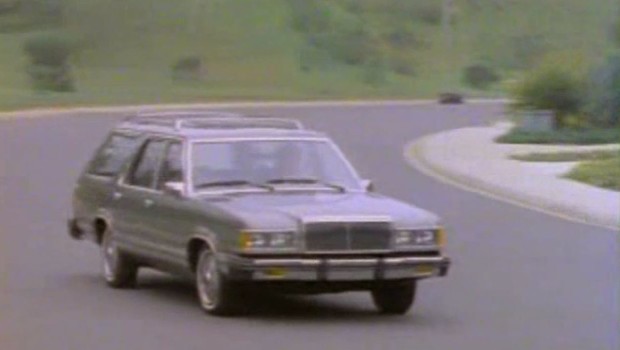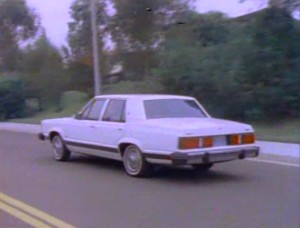Mercury

Published on October 6th, 2021 |
by BajaBusta
1982 Mercury Cougar Sedan Manufacturer Promo

Almost everyone knew that the Ford Motor company’s prognosticators didn’t do a sterling job of foretelling the future. While Chrysler and GM scrambled to develop small front-drive sedans in the late Seventies, Ford’s crystal ball was flashing pictures of downsized big cars – LTD’s, T-birds, Lincolns, and Marks. As a result, the nation’s number-two automaker hemorrhaged red ink.
All of this made the debut of the Mercury Cougar sedan all the more curious. For one thing, the Cougar and its twin, the Ford Granada, were dead-conventional front-engine, rear-drive, 3000-pound, five-passenger sedans-not quite the cars America was dying for. For another, the Cougar was very close to the Fairmont in size and specification.
In fact, the Cougar was a Fairmont not far under its skin. The two shared the same chassis, were built on the same 105.5-inch wheelbase, and rode on the same suspension-modified MacPherson struts up front and a rigid axle with four trailing links and coil springs in the rear. So why did Ford to to the trouble of building a whole new car?
Draping new sheet metal on the old Fairmont chassis was Ford’s way of creating downsized replacement for the aging Granada/Monarch line. The new Granada/Cougar sedans were actually step three in Ford’s master plan to use the Fairmont as a basis for a whole family of new, smaller cars. The Mustang/Capri and the T-Bird/Cougar XR-7, you’ll recall, were all heavily based on Fairmont technology.
1981 Mercury Cougar Sedan Manufacturer Promo
1982 Ford Granada Wagon Test Drive
1982 Ford Granada Manufacturer Promo
Tags: 1982, 1982 Mercury Cougar Sedan, consumer reports, Cougar, Cougar Sedan, Cougar Wagon, Dealer Training Video, how reliable are, how reliable is, jd power, Laser Disc, LaserDisc, Manufacturer Promotional Video, Mercury


